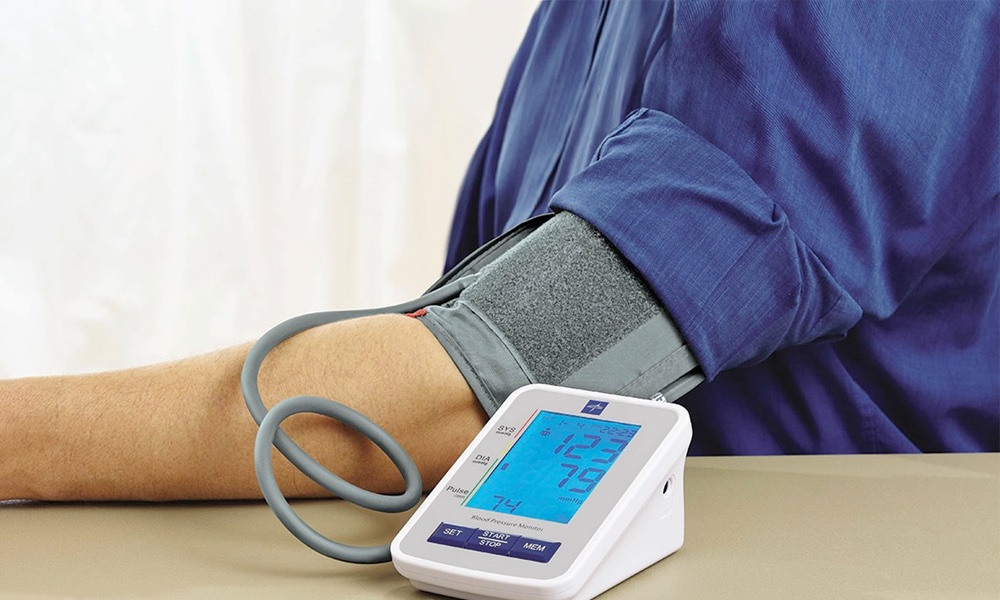The nutritional benefits of polyphenols are well known. These phytochemicals, found in plants, not only help keep you healthy, they have antioxidant properties that help ward off everything from dementia to heart disease to some types of cancer.
The cancer-fighting credentials got a boost recently when researchers discovered the specific polyphenol-laden compound in grape seed extract, B2G2, that selectively targets and kills prostate cancer cells, but leaves nearby healthy cells alone.
The research team from the Skaggs School of Pharmacy and Pharmaceutical Sciences at the University of Colorado Anschutz Medical Campus was able to isolate the B2G2, a complex mixture of different polyphenols, from grape seed extract.The hope is that further research will find ways to make B2G2 readily and inexpensively available for clinical trials.
Isolating the compound is expensive and time-consuming. The researchers were able to synthesize a small amount of the complex B2G2 polyphenols in the lab. The hope is that further research will find ways to make B2G2 readily and inexpensively available for clinical trials.
“We've shown similar anti-cancer activity in the past with grape seed extract, but now we know B2G2 is its most biologically active ingredient which can be synthesized in quantities that will allow us to study the detailed death mechanism in cancer cells.”
Alpna Tyagi, an author on the study, told TheDoctor that what surprised her most was the way B2G2 showed so much more potency than its parent compound, grape seed extract.
The researchers hope that the effectiveness of synthetic B2G2 will encourage more research on its effectiveness as a treatment for prostate and other cancers.
Ιsolating and synthesizing B2G2 is an important step, Tyagi says, because now she and her team can do more experiments with the pure compound and gain an understanding of B2G2′s mechanism of action that will inform future preclinical and clinical studies.
The study is published in the journal Nutrition and Cancer.




